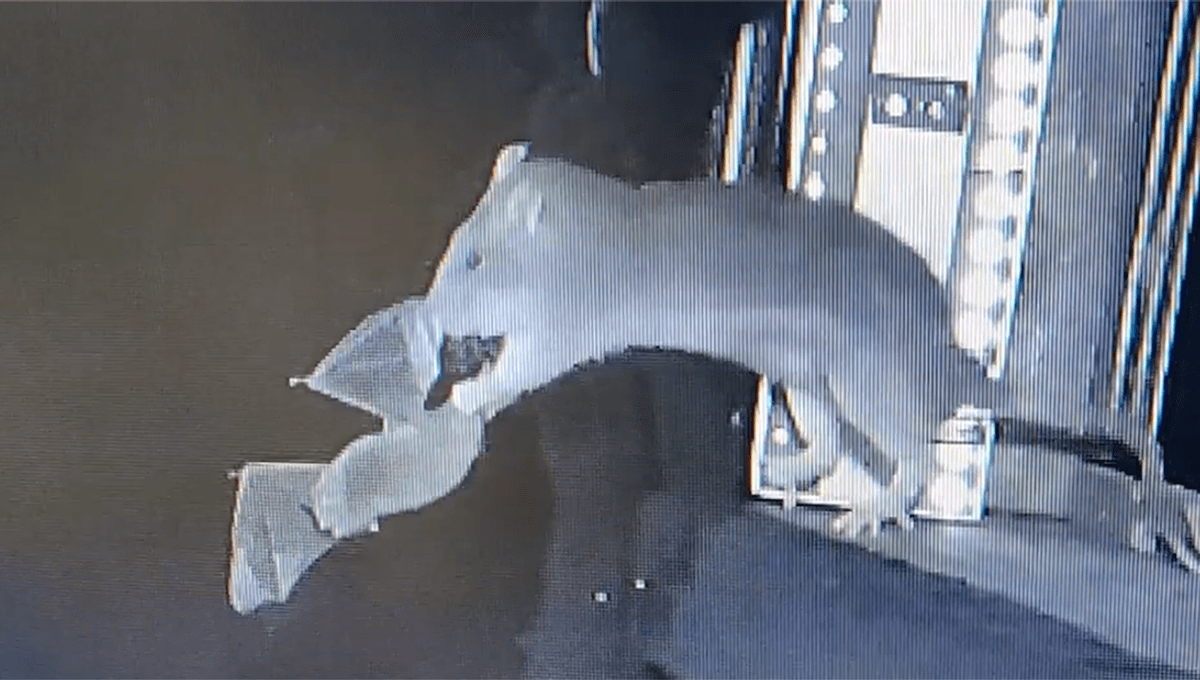Now Reading: Rat’s ‘Radar-Like’ Kill of Bat Documented
-
01
Rat’s ‘Radar-Like’ Kill of Bat Documented
Rat’s ‘Radar-Like’ Kill of Bat Documented

New Delhi, October 28, 2025: An extraordinary predatory event, never before recorded by scientists, has been documented in a German cave. The footage, captured using infrared equipment, shows a common brown rat (Rattus norvegicus) successfully hunting and snatching a flying bat out of mid-air. This startling observation was made at the entrance of the Segeberger Cave, forcing an immediate revision of the known behaviors of both species and raising significant conservation alarms.
Hunting Success is Attributed to Novel Sensory Technique
The study, which was published in the journal Global Ecology and Conservation, details this unprecedented aerial attack. For three years, researchers documented over 30 attempts at hunting, with 13 successful captures ultimately being recorded. This level of hunting efficiency is considered remarkable, given that rats are primarily terrestrial and their nocturnal vision is not thought to be acutely developed for aerial strikes.
The success of the rat is being attributed to a highly advanced, “radar-like” sensory mechanism. It is surmised by researchers that the rat’s sensitive whiskers (vibrissae) are being used to detect subtle changes in air pressure caused by the bat’s wingbeats.
This oscillation detection effectively creates a passive sonar or “radar system,” which allows the rat to calculate the trajectory and timing of the bat’s flight, enabling the precise, vertical jump necessary for capture. The mid-air strike is performed with extreme speed, leaving the bat no time for evasion.
Also Read: Akhilesh Yadav’s Remarks: A Deceptively Clipped Video Viral
Ecological Stability of Cave Ecosystems is Threatened
The discovery of this novel predatory behavior is viewed as a grave threat to bat colonies. Brown rats are classified as an invasive species in many parts of the world, and even a small number of these skilled predators could be responsible for decimating bat populations within the cave. Because bats are recognized as crucial for controlling insect populations and maintaining ecological balance, a collapse in their numbers would be expected to destabilize the entire cave ecosystem.
Furthermore, this newly observed close contact between rat and bat is also being investigated from a public health perspective. Bats are known to be carriers of various zoonotic viruses, including coronaviruses. When rats consume or closely interact with bats, they can potentially be turned into “bridge carriers” for these diseases, increasing the risk of transmission to other animals and, eventually, to humans.
Measures for Conservation Must Be Implemented
In response to these findings, calls have been made for urgent conservation measures. Strategies to control the rat population, such as trapping and restricting access points to the cave, are now being considered to safeguard the weakened bat colonies. It is emphasized by the scientists that this research underscores how non-native species pose a more formidable and adaptable threat to wildlife than was previously understood. The ecological integrity of vital cave environments must be protected to prevent further species loss.









